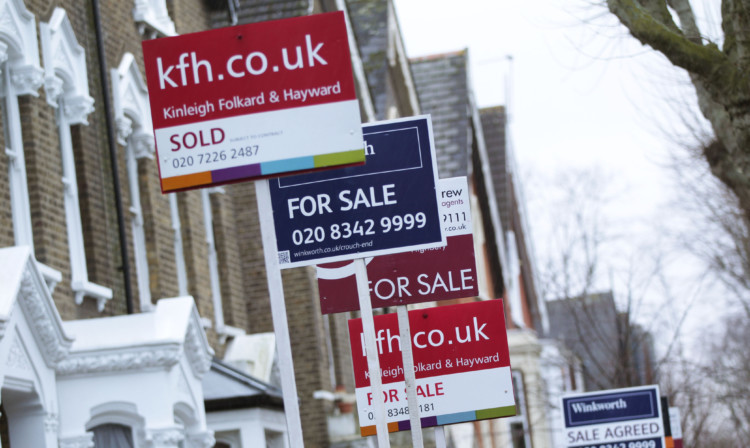
Thousands of Scottish families are in negative equity because of the growing uncertainty over independence, according to a business intelligence firm.
Across the UK nearly half a million homes are now worth less than the amount owners borrowed to buy them.
The number has fallen by almost half in three years from 14% of households to 8% but the reduction masks massive regional variations.
In Scotland 72,845 (13%) of borrowers are in negative equity, with the “unresolved issue of sovereignty” suggested as the main reason.
The figure for Greater London is just 5,942 households (1%), while the south east of England and South West are 2% and 4% respectively.
Around 86,000 households in the north (16%) and north west (7%) are in negative equity.
In Wales there are 12,258 (4%) households affected while Northern Ireland has 68,024 (41%).
Damian Riley, director of HML, a subsidiary of mortgage lender Skipton Building Society, said: “Clearly, the overall reduction in UK negative equity between Q1 2011 and Q4 2013 masks huge regional variations.
“The north/south divide is alive and well where negative equity is concerned.
“Hopefully, the expected London-centric ripple effect regarding house price recovery will take hold and the more distant provinces will play catch-up over the coming months and years.
“In Scotland, the unresolved issue of sovereignty may be the leading reason for the continuing depression in property prices. Resolution is expected following the independence referendum.
“In Northern Ireland, contagion from the bursting of the Celtic Tiger property bubble may take much longer to resolve.”
He added: “While the UK housing market is in general recovery, at regional and local level the view remains mixed.
“Doing nothing is an option. Unless a homeowner needs to sell, the issue of negative equity is of low relevance.
“However, if homeowners have free disposable income, making overpayments now to help decrease any negative equity gaps, particularly before a mortgage interest rate increase, would be a very sensible course of action.”
Average Scottish house prices leapt by more than £5,000 in the year to December.
The typical home saw 3.6% added to its value, the highest annual increase in more than three years.

Enjoy the convenience of having The Sunday Post delivered as a digital ePaper straight to your smartphone, tablet or computer.
Subscribe for only £5.49 a month and enjoy all the benefits of the printed paper as a digital replica.
Subscribe